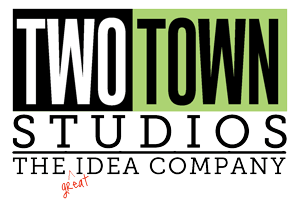All I Really Need to Know I Learned from Shark Tank
We LOVE this show. If you haven’t seen it, go to ABC or Hulu and watch some episodes, check out the fan blog (inthesharktank.com), and while you are watching think about how what you do, as a licensing artist, is parallel to these poor hopefuls being chewed up by the Sharks. The real lessons you should take away from each episode are not so much related to the product concepts (although some are quite good) but rather can be gleaned from how the investors react and the questions they ask.
Try viewing your licensing partners as investors in your product (your designs), because in a very real sense that is exactly what they are. When you cut to the core of it most investors are motivated by one of two things: the chance to make money (greed) and the concern about losing money (fear). A licensee is going to be on this same page – you are asking them to invest their time and money in your business, and while the benefit for you is obvious is the benefit clear for them? Greed and fear dominate. Are you sparking one of those, and which one is it? The idea here is to evaluate what you are offering to see if it could make it through as a start-up presentation to an investor. It goes without saying (but here it is…) that you need to have a good quality product to even begin the pitch, but assuming you do and you were standing up there in front of those sharks, you better:
1. Know your concept and your target market cold. How do they interact, who are your competitors, why is your product better or unique? (And if it’s not better or unique, why are you there at all…)
2. Pitch the right people. Companies have no use for ideas they cannot execute, so don’t waste their time. Know who makes what before you start talking. If you don’t know, ask.
3. Be prepared for questions and alternative scenarios. Have an answer for whether or not you will make changes, or let them make changes, if you will sell outright, can you do additional patterns, what about a flat fee – think about all these and more ahead of time rather than on your feet.
4. Connect with your investors. Shake their hands, make eye contact, smile and joke with them, make it a person to person pitch, not a person to a corporation pitch.
5. Respect their expertise. You may not enjoy their questions or comments but you need to acknowledge their experience, try to understand their concerns and have appropriate answers.
6. Go all in. Investors and licensees alike want to work with someone who is dedicated to their craft and passionate about their ideas. Be clear about what you do. Tentative doesn’t cut it.
7. If the deal does not make sense for you, walk. While everyone wants to get their business off the ground you don’t want to do it at any cost. Know enough about your field to set realistic expectations and to know a bad deal when you see one.
One of the keys to success in this (or any) business is the ability to see the world from your customers’ viewpoint. It’s about them, not about you. Spend a little time thinking about what your presentation looks like from the other side and you have a lot better chance of making that connection.
